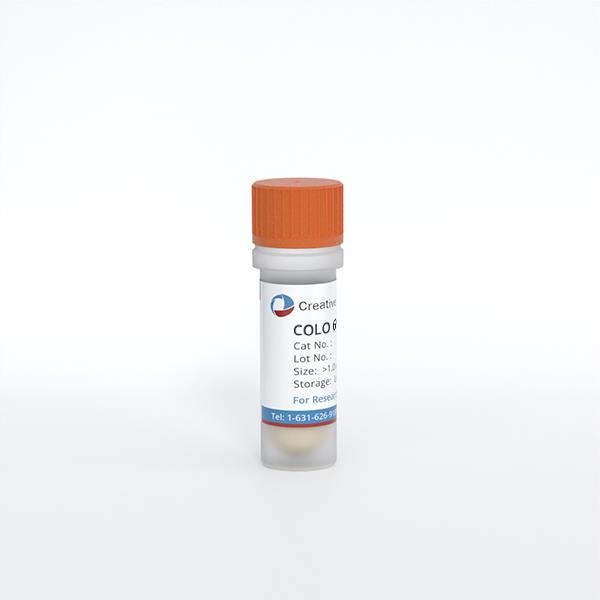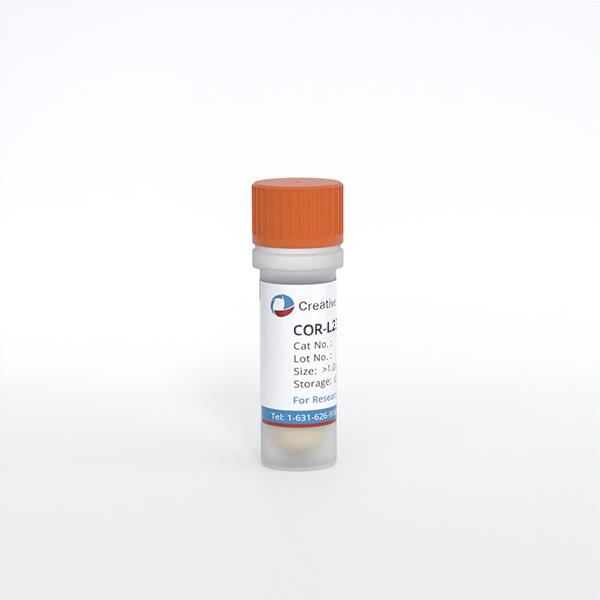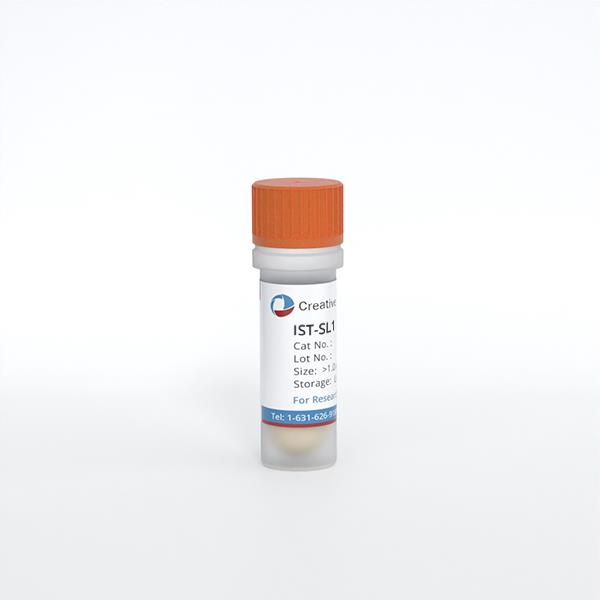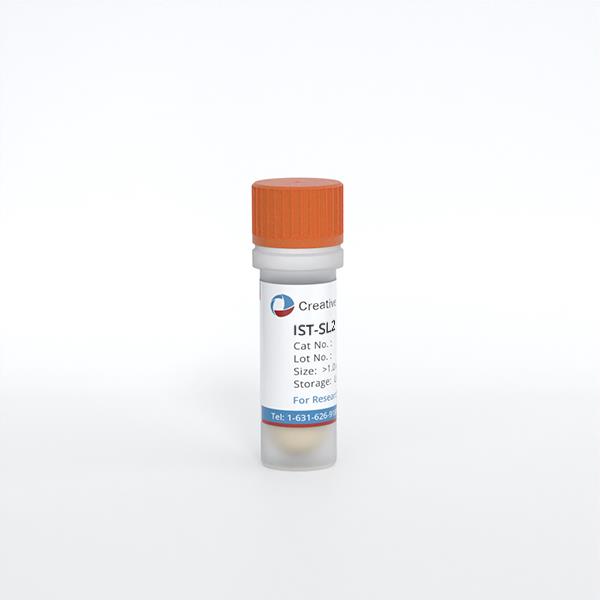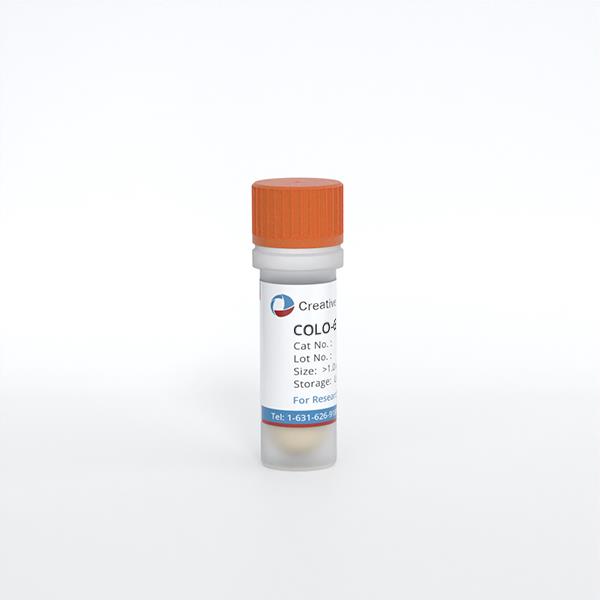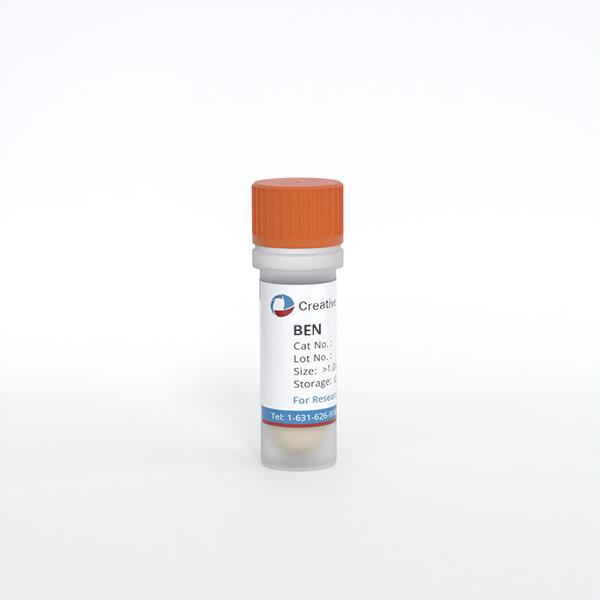Featured Products
Our Promise to You
Guaranteed product quality, expert customer support

ONLINE INQUIRY
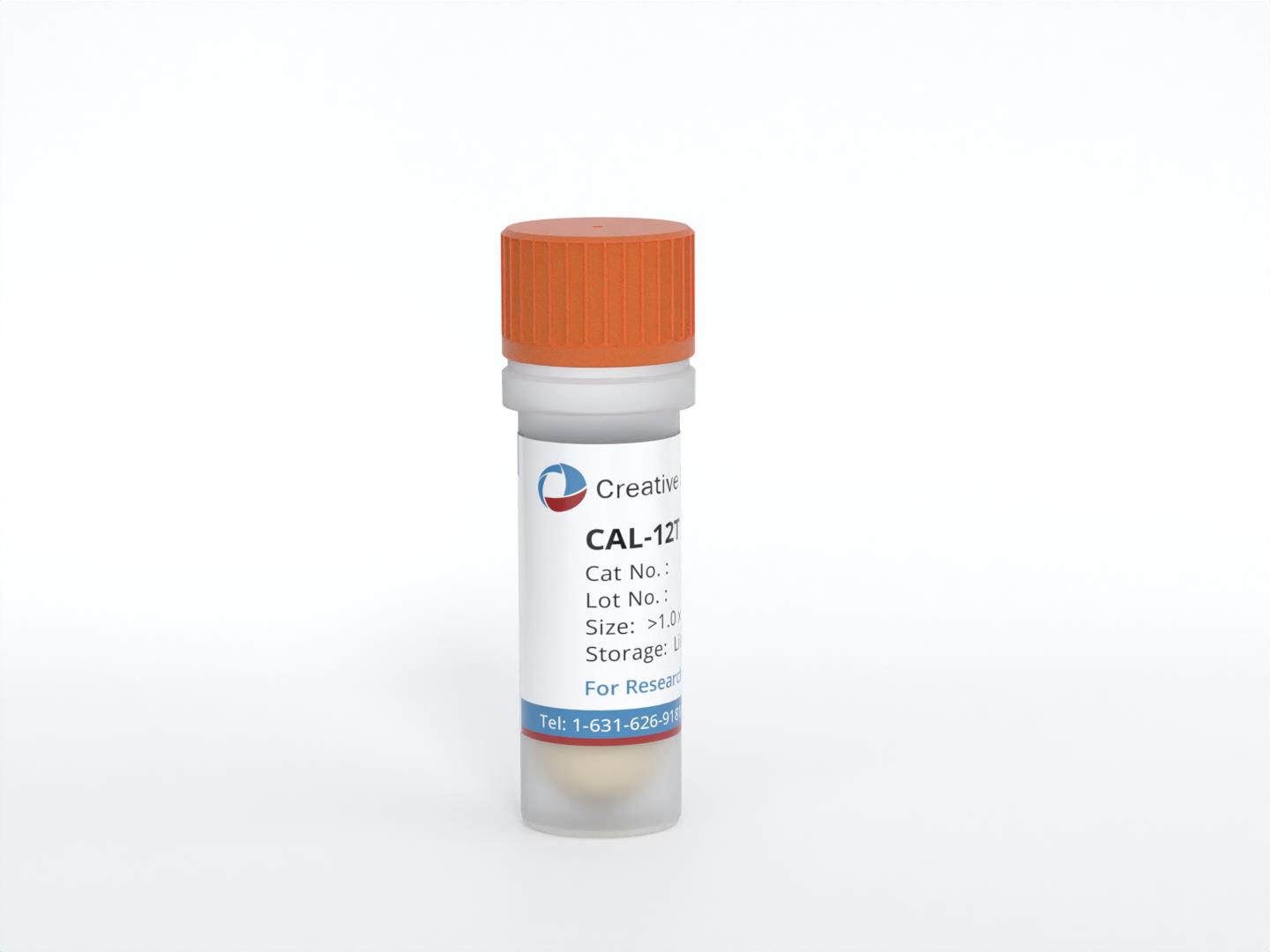
CAL-12T
Cat.No.: CSC-C0476
Species: Human
Source: non-small cell lung carcinoma
Morphology: adherent epithelial-like cells growing in monolayers
Culture Properties: monolayer
- Specification
- Background
- Scientific Data
- Q & A
- Customer Review
Immunology: cytokeratin +, cytokeratin-7 +, cytokeratin-8 +, cytokeratin-17 -, cytokeratin-18 +, cytokeratin-19 +, desmin -, endothel -, EpCAM +, GFAP +, neurofilament -,
The CAL-12T cell line is a well-established human cancer cell line derived from a male patient diagnosed with non-small cell lung carcinoma (NSCLC) in 1981. This cell line was created to provide researchers with a model that closely mimics the biological characteristics of NSCLC, which is one of the most common and aggressive forms of lung cancer. The establishment of CAL-12T has significantly contributed to the understanding of lung cancer biology, therapeutic resistance, and the underlying molecular mechanisms driving tumor progression.
CAL-12T is its ability to grow in vitro while retaining specific characteristics associated with lung tumors. These include notable cell growth patterns and morphology that allow researchers to explore various aspects of cancer behavior, such as proliferation, invasion, and metastasis. The cell line is particularly valuable for studying drug responses and cellular signaling pathways that are critical in NSCLC, helping to inform potential treatment strategies.
In addition, CAL-12T has been employed in numerous preclinical studies focused on evaluating the efficacy of chemotherapeutic agents, targeted therapies, and novel treatment approaches. By using this cell line, researchers have gained insights into how NSCLC cells respond to different drugs and have identified potential biomarkers for treatment response.
LncRNA MALAT1 Promotes NSCLC Cells via Modulating MiR-200a-3p
Long non-coding RNA (lncRNA) metastasis-associated lung adenocarcinoma transcript 1 (MALAT1) promotes the progression of NSCLC by modulating miR-124 and miR-206. To further clarify the effect of MALAT1 and miR-200a-3p on the proliferation of NSCLC cells, MALAT1 plasmid was transfected into A549 cells to successfully establish MALAT1 overexpression models; MALAT1 shRNA was transfected into CAL-12T cells to successfully establish MALAT1 low expression models (Fig. 1a). miR-200a-3p mimics or inhibitors were also transfected into NSCLC cells, but they did not change the expression level of MALAT1 (Fig. 1b) and (Fig. 1c). Subsequently, a CCK8 assay was conducted. The proliferation rate of CAL-12T cells with low-expressed MALAT1 significantly decreased than that of the control group, and the proliferation of CAL-12T cells with lowly expressed MALAT1 significantly increased after transfection of miR-200a-3p inhibitors (Fig. 1d). Plate colony formation assays were performed to detect the proliferation of A549 and CAL-12T cells. The number of colonies of A549 cells with overexpressed MALAT1 significantly increased than that of the control group, and it significantly decreased after transfection of miR-200a-3p mimics. The number of colonies of CAL-12T cells with lowly expressed MALAT1 was significantly lower than that in the control group, and it significantly increased after transfection of miR-200a-3p inhibitors (Fig. 1e).
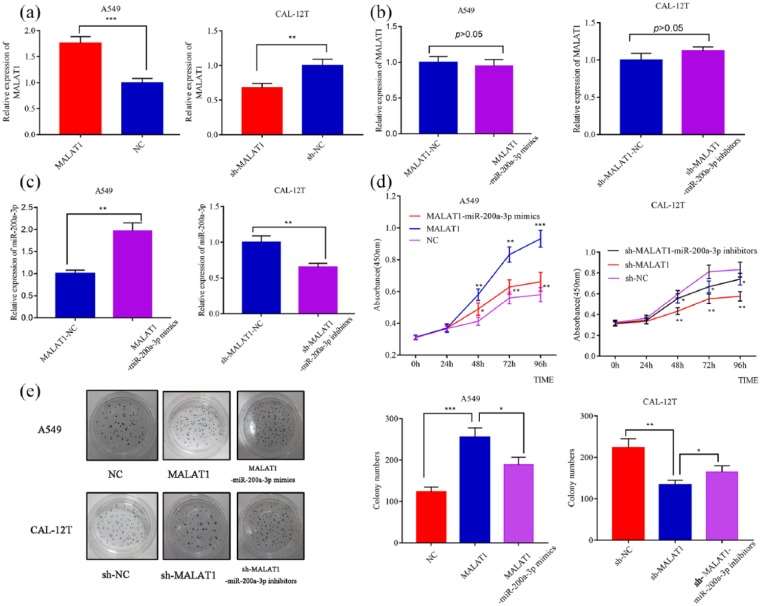 Fig. 1 LncRNA MALAT1 promotes the proliferation of NSCLC cells via modulating miR-200a-3p. (Wei S, et al., 2019)
Fig. 1 LncRNA MALAT1 promotes the proliferation of NSCLC cells via modulating miR-200a-3p. (Wei S, et al., 2019)
Obviously, proliferation does not always mean regeneration as in the case of cancer, yet for the tumor itself it is regeneration. If a tumor grows in an orderly manner, then by its own standards this growth is regeneration.
Ask a Question
Average Rating: 5.0 | 1 Scientist has reviewed this product
Efficient research
We have improved the efficiency of our research significantly because of the high-quality cell products.
11 Mar 2023
Ease of use
After sales services
Value for money
Write your own review
- You May Also Need

